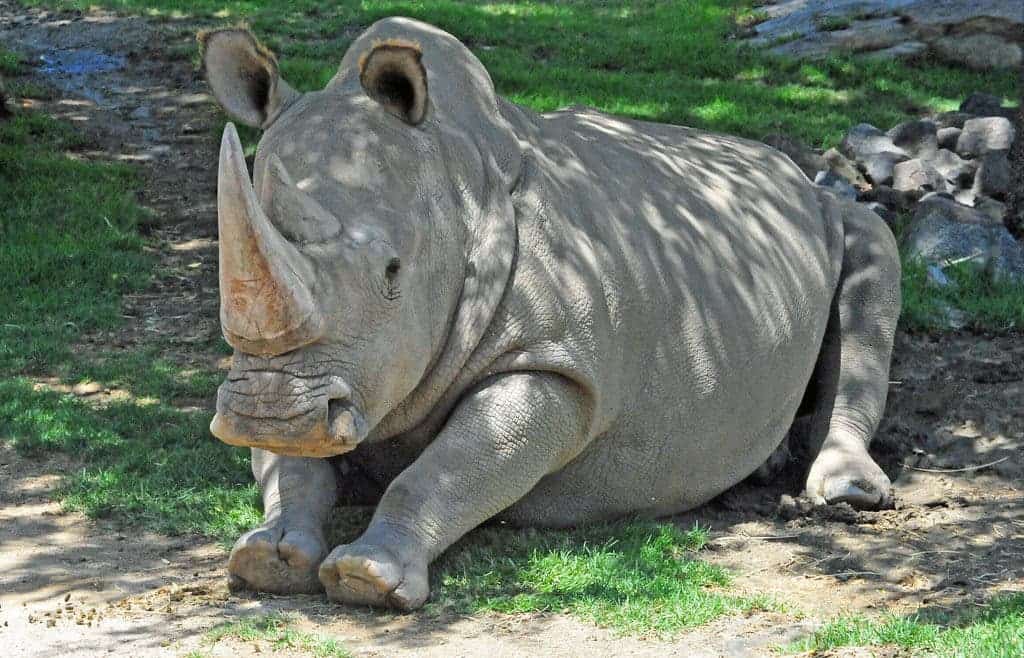In about 10 days’ time, we’ll see if it worked or not.

Researchers in Italy report fertilizing eggs collected from the last two females of the species. There are no living male northern white rhinos currently in the world, so the team used frozen sperm from Sudan, the now-dead last male.
In about 10 days, we’ll know if any have developed into an embryo. The plan is to help the species reproduce via a surrogate mother rhino.
All the eggs in one basket
“We expect some of them will develop into an embryo,” says Cesare Galli, co-founder of the Avantea lab where the work was carried out. Galli is also the corresponding author of the study detailing the process.
The female rhinos currently live at Ol Pejeta, a wildlife conservancy nearly three times the size of San Francisco in the heart of Kenya. Out of the 10 eggs that were recovered in June, only 7 could be used in the process.
The male, a 45-year-year-old named Sudan, became “The Most Eligible Bachelor in the World” on the Tinder dating app in a fundraising effort. He was euthanized after age-related complications last year. Researchers froze his sperm as they prepared for this current procedure. Galli quips that it is better not to “get to the last two individuals before you use this technology.”
The end goal is to raise a herd of at least five individuals and re-introduce them in their natural habitat, which could take decades to accomplish.
In the meantime, there’s the issue of poaching. The northern white rhino was driven extinct by poachers killing the animals for their horns. Advocacy group Save the Rhino says that roughly 2,360 northern white rhinos roamed Chad, the Central African Republic, Sudan, the Democratic Republic of the Congo, and Uganda as recently as 1960. By 1984, it dropped to about 15.
Other rhino species are also prey for poachers, but they’re not in as dire shape as the northern white. Reintroducing five animals into the wild won’t do any good as long as there are still poachers around.
The paper “Embryos and embryonic stem cells from the whiterhinoceros” has been published in the journal Nature.









